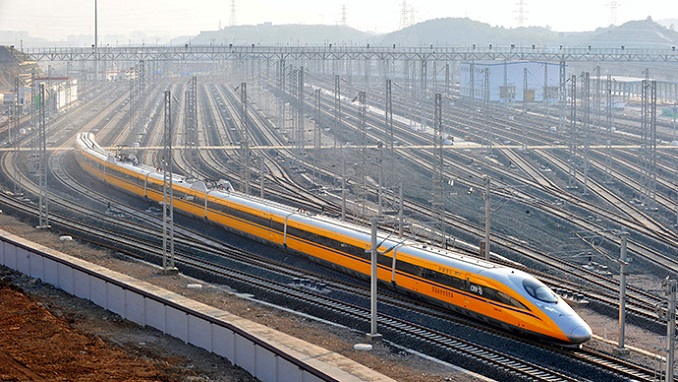With help from allies Russia and China, the first new train passenger cars in Cuba in more than four decades set off on their maiden journey across the island on Saturday, Reuters reported. The country’s government hopes the move will start off a total revamp of its decrepit railway system.
Cuba’s railway system is one of the oldest in the world, first launched in the 1830s. But it has suffered from a lack of maintenance and new equipment in an inefficient state-run economy under a crippling U.S. trade embargo.
Trains have for years been one of the cheapest but also least efficient ways to travel long distances on the Caribbean’s largest island, typically taking 24 hours to cross the nearly 900 km (600 miles) from Havana in the west to Santiago in the east – twice as long as by car.
Cuba has signed a deal worth almost $1 billion with Russia to modernize its railways, according to Interfax news agency, although details have not yet been released.
In 2017, state-owned monopoly Russian Railways (RZD) told Reuters it was also negotiating to install a high-speed link between Havana and the beach resort of Varadero.
By 2030, Cuba’s government is planning to start with upgrading the railway equipment, before moving onto the more daunting task of restoring the railroads.
In May it received 80 Chinese-made, gleaming blue rail cars, including those that set off eastwards from Havana on Saturday and expects to receive 80 more next year, according to state-run website Cubadebate.
“This is the first step of the transformation of the Cuban railway system,” said Eduardo Hernandez, head of the National Railway Co of Cuba.
“Cuba has not received new rail-cars since the 1970s,” Transport Minister Eduardo Rodriguez was quoted as saying by Cubadebate last month. “We had only received second-hand cars.”
Trains carried 6.1 million passengers in 2018, down from 10 million passengers in 2013, according to the statistics office.












